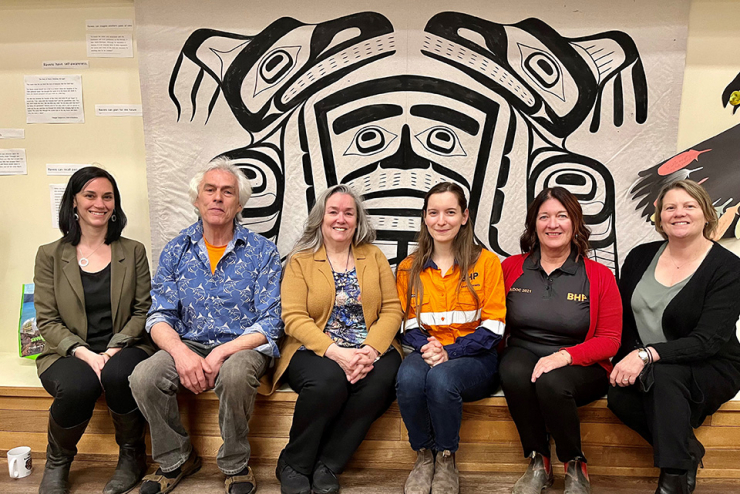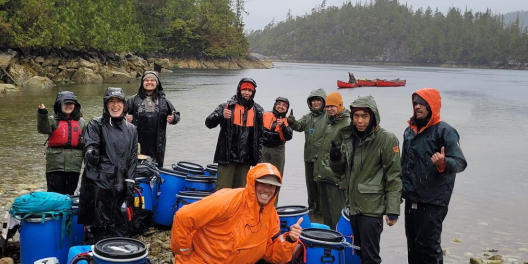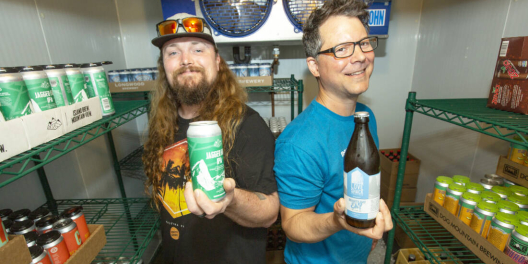North Island College may be a small local school, but it’s getting some big international support.
They’ve been gifted some (relatively) big bucks to support Indigenous land-based learning for the next five years.
The Awi’nakola program combines in-class instruction with land-based cultural learning and Indigenous language courses. It’s set up to focus on student strengths and support them as they work toward their goals.
“It’s really about taking a journey together as we explore land-based and culturally infused learning—the intent of which is to meet the needs of our students and help them succeed,” says Sara Child, NIC faculty member and Indigenous Education Facilitator.
This sounds great, and we’re happy to hear this program is being funded.
We want to ask, though, why has it only gotten temporary funding from a $325,000 donation by a random Australian mining company?
When asked, BHP, the company in question, has some very nice sounding things to say. Jay Hartling, Principal, Corporate Affairs Legacy Assets at BHP, will tell you they “[i]nvest in communities near our assets to respond to community needs and create social value. Our social investment aims to support a successful, adaptable and resilient workforce for the future.”
Sounds lovely right?
We can’t blame the program for taking the cash, but this money is likely not as catch-free as it seems.
BHP’s moral and ecological standing as a company is endlessly complicated. But there are a few key things to note about this “donation.”
BHP is a company that regularly spends millions and millions of dollars on marketing campaigns.
They have had multiple projects on VanIsle and are also establishing a potash mine in Saskatchewan.
They have a less-than-sparkly record of relations with Indigenous peoples and respect for their lands.
To spell this out, investing $325,000 in an Indigenous learning program seems nice. It also conveniently functions as ridiculously cheap advertising. It shows everyone they “care” about Indigenous peoples and, by extension, the ecosystems here in Canada.
Whether they actually care or not? That is at the very least up for debate.
It’s essential that this program is funded. But we’d love to see more long-term local and public government funding for this program and others like it.
Short-term foreign investment is undoubtedly helpful right now. In five years, though? It will be gone.
Then students will lose access again. At least until the next giant company rolls through town with loose change to toss around.
Then we’ll have to ask again, is this cash really freely given? Or will it end up costing us more in the long term?










